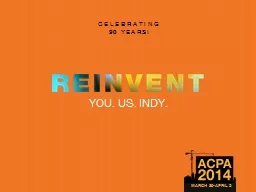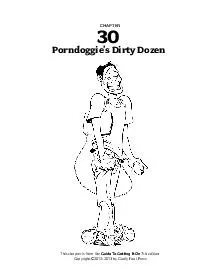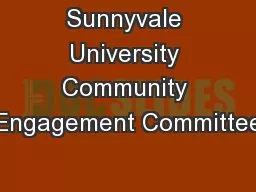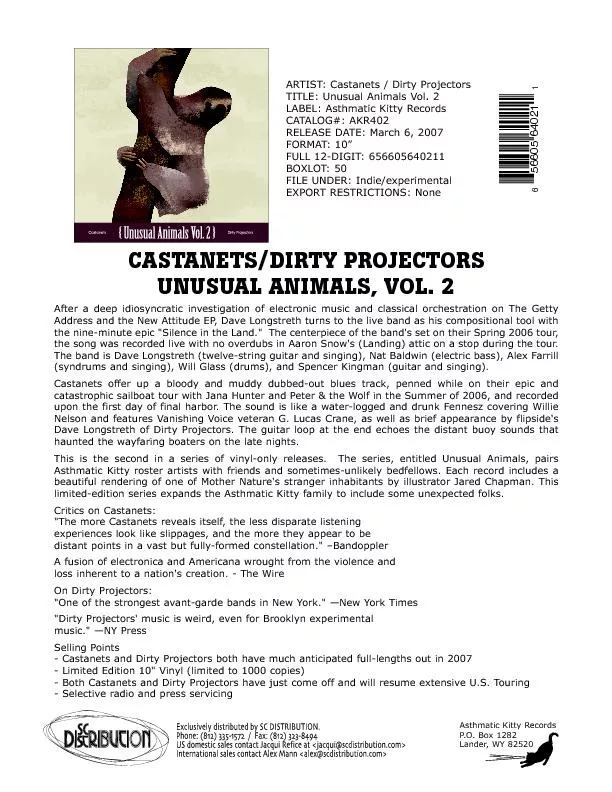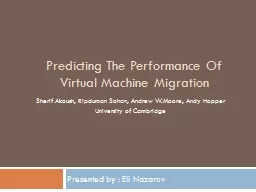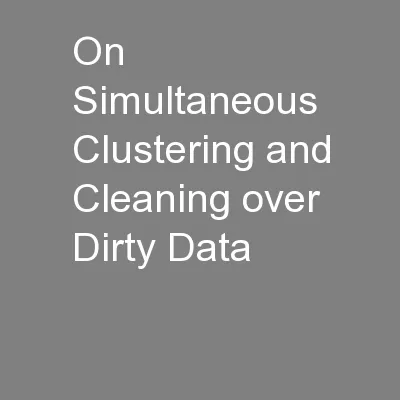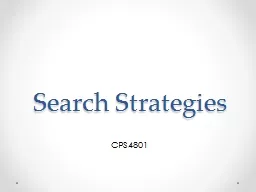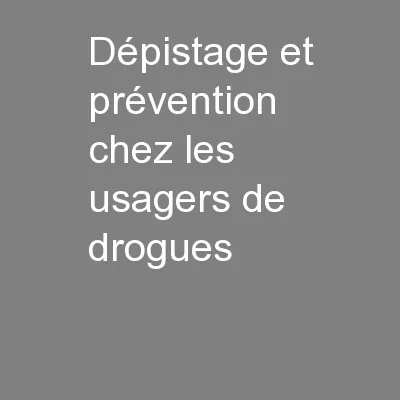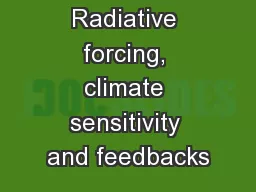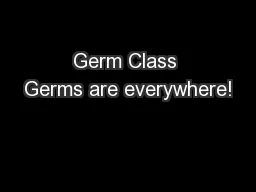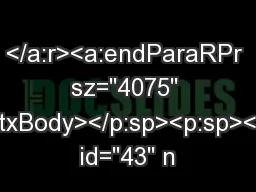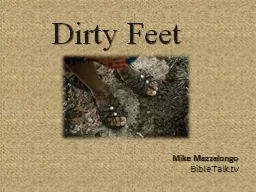PPT-That’s Dirty Talk!
Author : liane-varnes | Published Date : 2015-10-28
Reinventing Our Perceptions of Campus BlueCollar Employees ACPA Conference April 1 2014 Jeremy Reed Phd Student University of Iowa j eremyreeduiowaedu Session
Presentation Embed Code
Download Presentation
Download Presentation The PPT/PDF document "That’s Dirty Talk!" is the property of its rightful owner. Permission is granted to download and print the materials on this website for personal, non-commercial use only, and to display it on your personal computer provided you do not modify the materials and that you retain all copyright notices contained in the materials. By downloading content from our website, you accept the terms of this agreement.
That’s Dirty Talk!: Transcript
Download Rules Of Document
"That’s Dirty Talk!"The content belongs to its owner. You may download and print it for personal use, without modification, and keep all copyright notices. By downloading, you agree to these terms.
Related Documents

